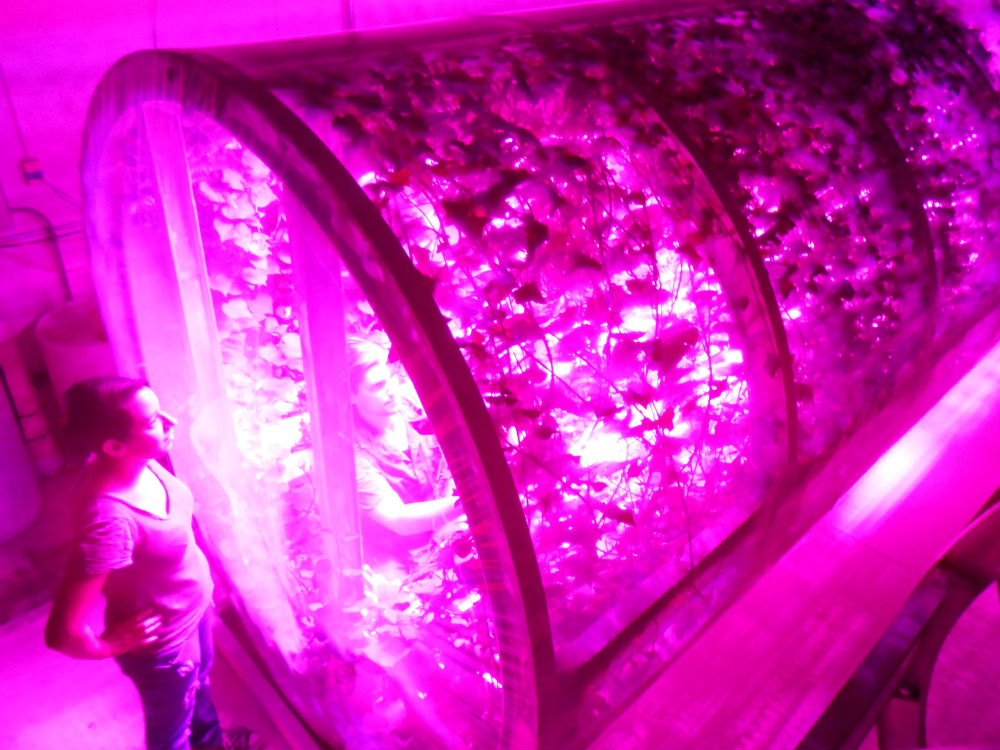LEDs prove to be an energy efficient way to grow crops in space
Once humans can successfully travel to Mars and begin setting up habitats there, growing food will be key.
Philips Lighting has collaborated with The University of Arizona Controlled Environment Agriculture Center (CEAC) to test energy efficient ways to grow food that will help feed astronauts on missions to the moon, Mars and beyond.
The team conducted a nine-week study, in which it found that replacing water-cooled high-pressure sodium (HPS) systems with energy efficient LED lighting from Philips in a prototype lunar greenhouse actually resulted in larger amounts of high-quality edible lettuce. Lettuce grown under Philips LED modules achieved up to 54 grams/kWh of edible lettuce compared to lettuce grown under a high pressure sodium system which achieved only 24 grams/kWh of edible lettuce, which proved to save about 56% of energy.
“The lunar greenhouses equipped with Philips LED modules provided the light needed to produce the same amount of indoor crops that the specialized water-cooled sodium systems provide while significantly decreasing the amount of electrical energy used,” said Gene Giacomelli, Ph.D and CEAC Director. “Findings from this study are critical in that not only can it be applied to growing food in space but can be applied to farming techniques in places where there is a shortage of water and good agricultural land right here on this planet.”

The set-up
The team installed Philips GreenPower LED top lighting and programmed it with a customized “light recipe” that was developed by plant specialists at Philips. The light recipes are created by taking into account factors like light spectrum, intensity, uniformity and relative position of the lamp.
The researchers also found that placing the LED modules closer to the plants could result in uniform light distribution throughout the greenhouse to ensure that all plants receive the same level and quality of light.
“NASA has been working with universities for over 25 years to discover how the use of LEDs can support plant growth in closed environments. Over that time we have used patented LED technology as part of the Astroculture plant growth chambers for the Space Shuttle and the International Space Station (ISS), NASA’s ground based Habitat Demonstration Unit, as well as NASA’s VEGGIE plant unit on the ISS,” said Ray Wheeler, a NASA plant physiologist. “It is fascinating to see how LED plant lighting has expanded so rapidly around the world and continues to further develop as we have seen most recently with the Mars-Lunar Greenhouse Project at the University of Arizona.”
The teams will continue working to discover new innovative farming technologies that will allow food crops to grow in indoor environments, without natural light, and close to heavily populated areas to reduce the distance between farms and those who will eat the crops.


Comments are closed, but trackbacks and pingbacks are open.